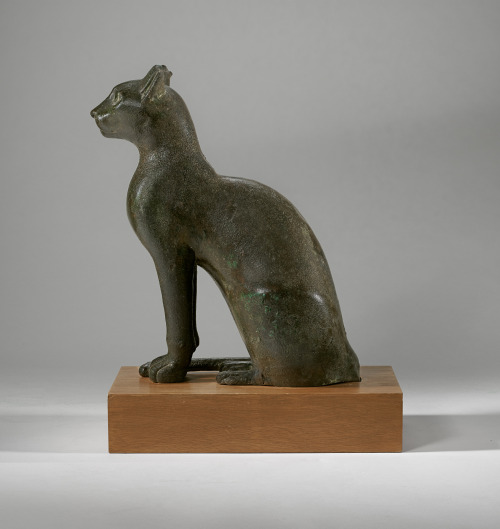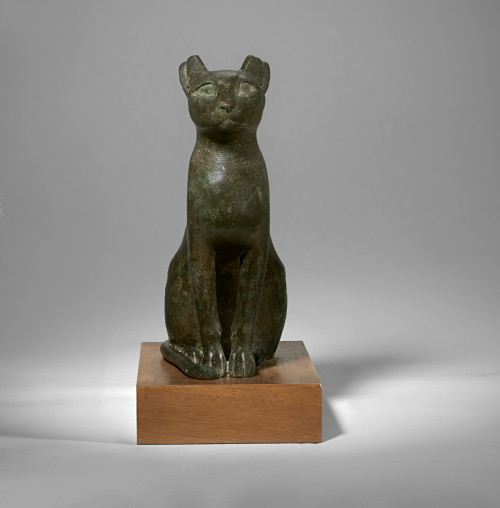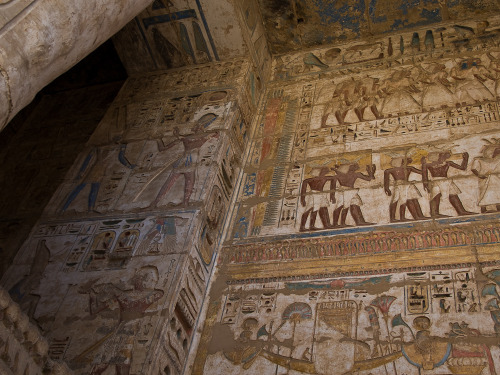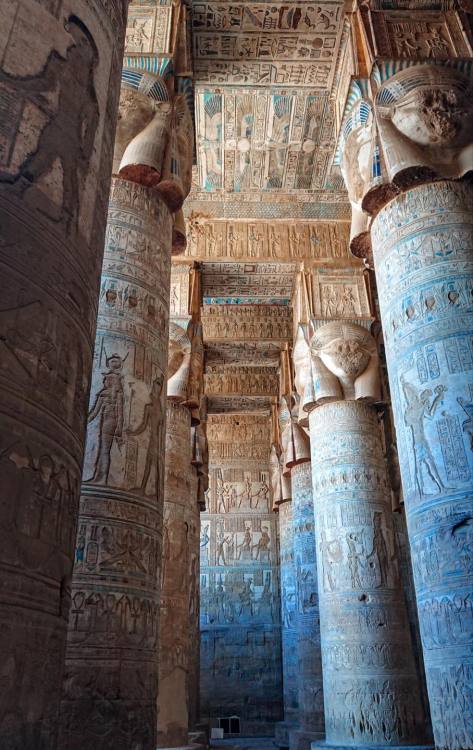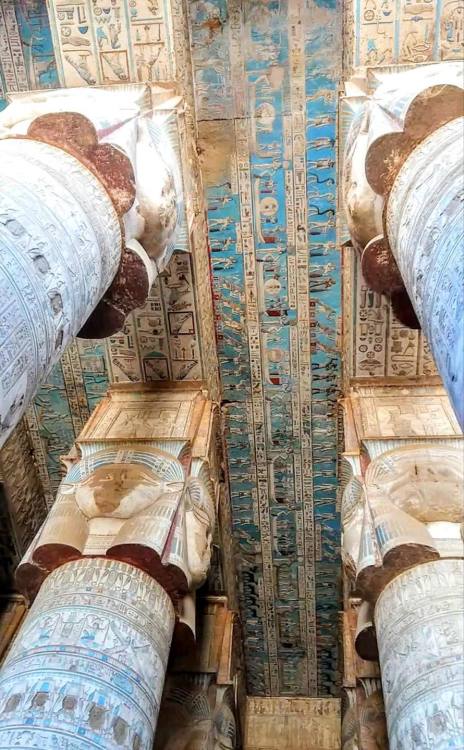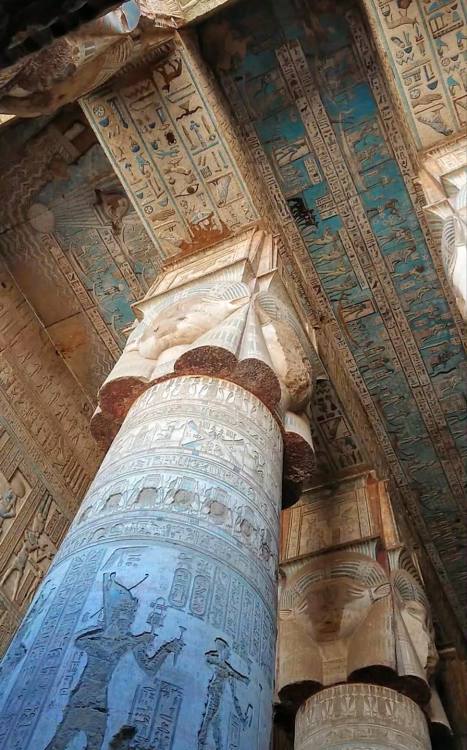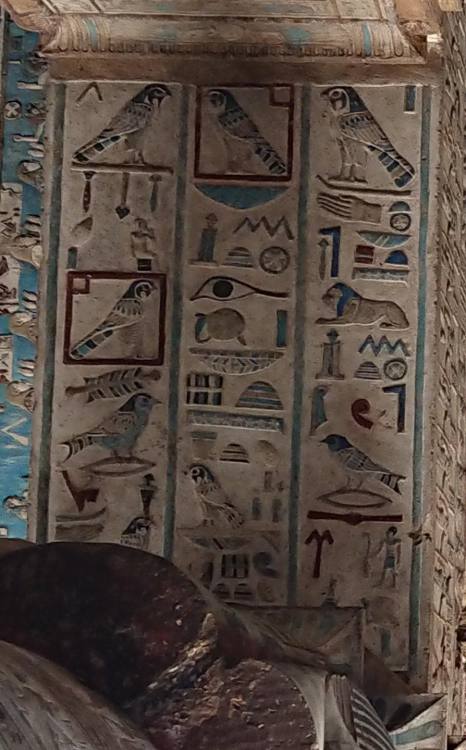#ptolemaic

Ancient Egyptian block statue (gabbro with traces of pigment) of Neskhemenyu, son of Kapefha. Artist unknown; 4th cent. BCE (early Ptolemaic period). From a cache at the Temple of Amun, Thebes; now in the Metropolitan Museum of Art.
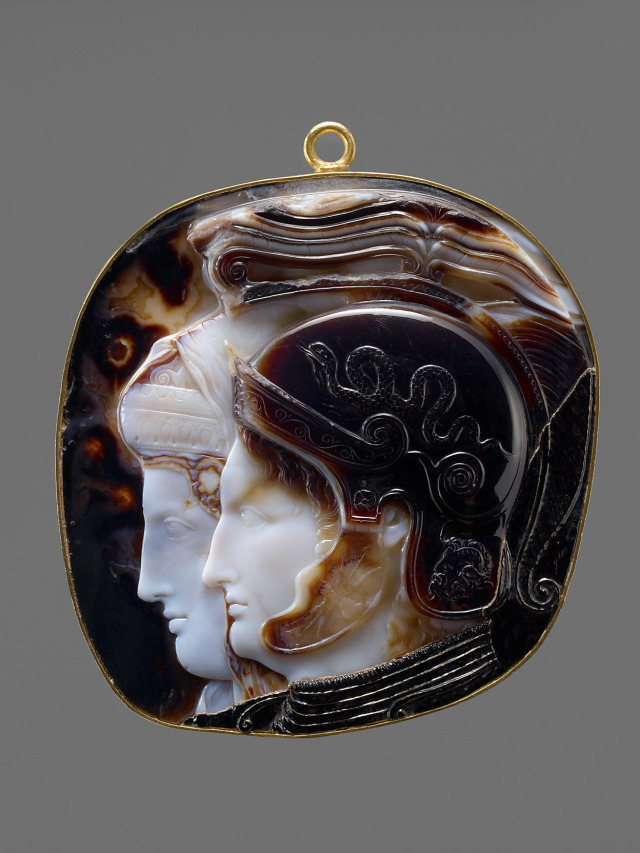
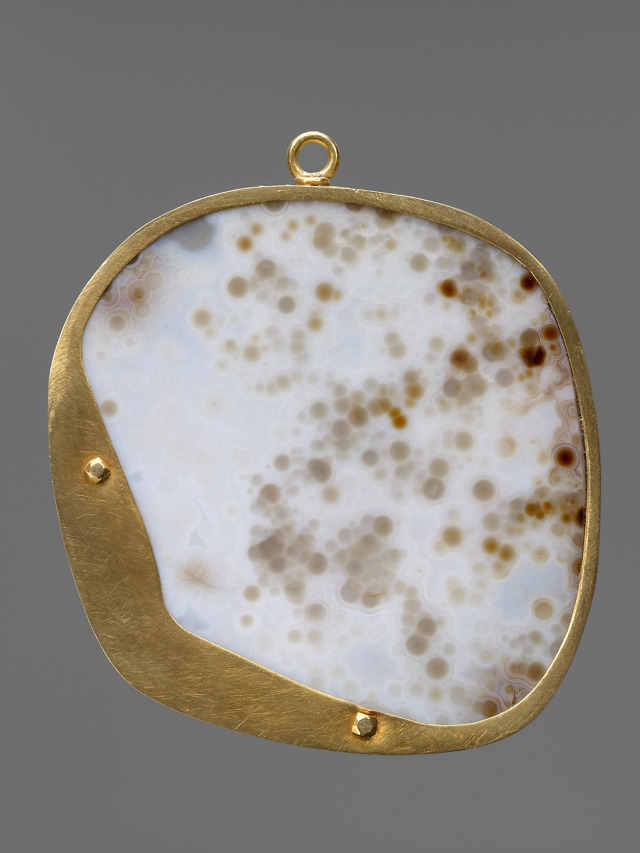
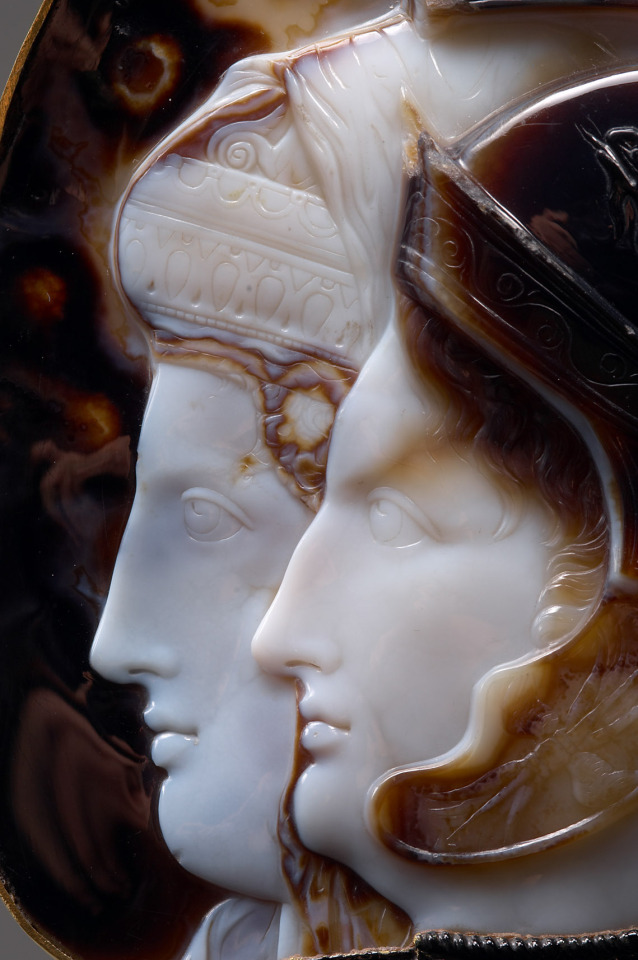
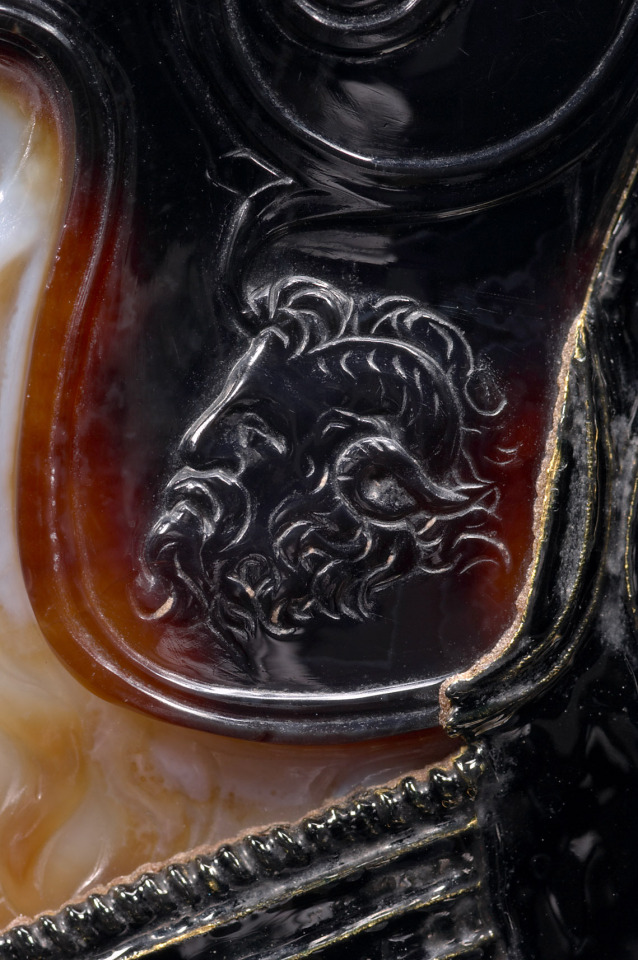
~ Ptolemaic Cameo.
Culture: Greek
Period: Hellenistic
Date: 278-269 B.C.
Medium: Ten-layered Arabic Onyx, dark brown and bluish white. Setting: gold ring, enamel, 4th quarter of the 16th century.

~ Votive relief fragment depicting the cobra-goddess Wadjet, the creator god Khnum in the form of a ram, and the goddess of truth, Ma‘at.
Place of origin: Egypt
Period/Culture: Ptolemaic Period
Medium: Limestone
Collection of Ptolemaic Jewelry:
This group of gold jewelry is comprised of a hair net with a repousse medallion of Aphrodite and Eros; a diadem with an elaborate Herakles knot; two pairs of hoop earrings with ibex-head finials; a pair of disk pendant earrings with a figure of Eros; one pair of upper arm bracelets in the form of a coiled snake; one pair of wrist bracelets in the form of coiled snakes; two rings inset with intaglios, one representing Artemis; the other Fortuna holding a double cornucopia; 28 miscellaneous beads and one stud; and a string of gold beads in the shape of cowrie shells.
Commonalities between the materials and the workmanship of the hairnet, diadem, erotes and ibex-head earrings, gold armlets and bracelets, as well as the carnelian signet rings, indicate they were probably made by Greek goldsmiths working in more than one workshop in Alexandria, Egypt and were created to be worn as an ensemble. Specific Ptolemaic imagery includes the identification of Tyche/Fortuna with Arsinoe II on the carnelian ring, and the association of Arsinoe II with Aphrodite on the hairnet. While a royal context can be ascribed to the group, the association cannot be extended to the royals themselves. It therefore seems possible that the original owner was an elite of the exclusive circle of dynastic princesses, who, ornamented in her golden finery, served the queen in one of the royal cults devoted to her worship.
Getty Villa, Gallery 111, The Hellenistic World
Post link
Temple of Edfu by Ian Southwell on Flickr
The temple at Edfu has astonishingly preserved wall and ceiling paintings which are nearly 2,500 years old.
Post link


